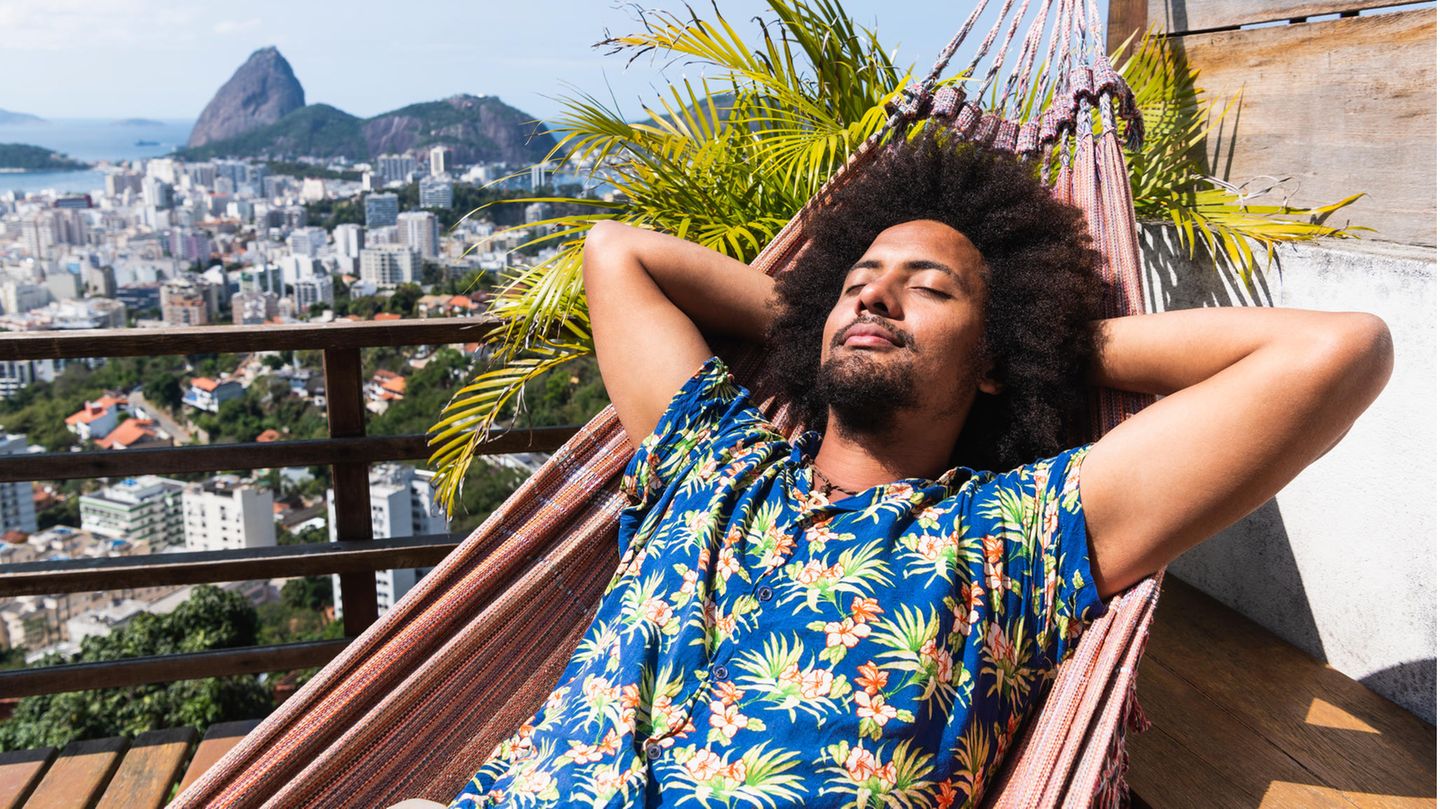I am an author and journalist who has worked in the entertainment industry for over a decade. I currently work as a news editor at a major news website, and my focus is on covering the latest trends in entertainment. I also write occasional pieces for other outlets, and have authored two books about the entertainment industry.
Menu
A summer trend for over 100 years: The history of the Hawaiian shirt
Categories
Most Read
Transportation for recyclables: this app allows you to request a car to pick up your bags
October 21, 2025
No Comments
Chickpeas, the legume that you should incorporate into your diet immediately for its large amount of protein
October 21, 2025
No Comments
This is the moment when the brain reaches its maximum capacity, according to science
October 21, 2025
No Comments
Flor Canosa: a literature between the fantastic and the wonderful
October 21, 2025
No Comments
Why you should not store cooked rice in the refrigerator for more than 24 hours
October 21, 2025
No Comments
Latest Posts

Boca: Luis Advíncula is accused of crashing the wrong way and trying to escape
October 21, 2025
No Comments
October 21, 2025 – 20:03 The Peruvian player was reported to court. Images of the accident were known. X.com The side of Boca Juniors, Luis

How much are the jewels stolen from the museum valued at?
October 21, 2025
No Comments
The prosecutor, who described the robbery as “extremely spectacular,” assured that the investigation into the theft of the French crown jewels is advanced with the

How the real economy arrives at the 2025 legislative elections
October 21, 2025
No Comments
Yerba mate production also maintains solid performance in the interannual comparison, with 17 consecutive months of increases. “However, signs of exhaustion begin to appear due
24 Hours Worlds is a comprehensive source of instant world current affairs, offering up-to-the-minute coverage of breaking news and events from around the globe. With a team of experienced journalists and experts on hand 24/7.

